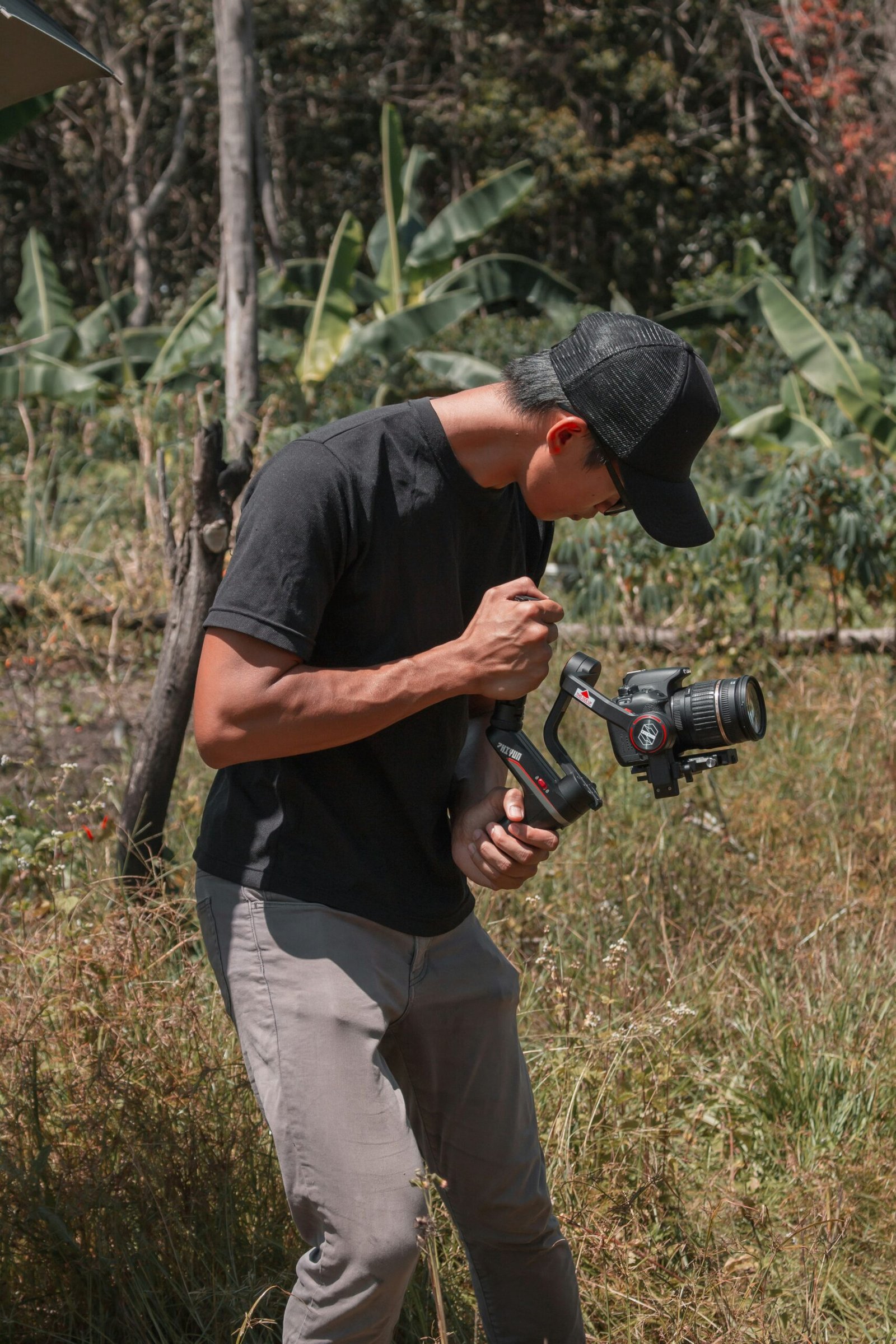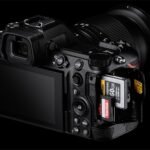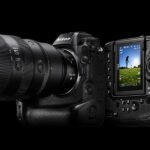In recent years, virtual reality (VR) technology has revolutionized the way we experience the digital world. One of the most exciting applications of VR is in the field of photography, where it offers a whole new level of immersion and interactivity. VR photography allows users to explore and interact with images in a way that was previously unimaginable.
The Basics of VR Photography
VR photography, also known as 360-degree photography, captures an entire scene in all directions, allowing viewers to look around and explore every angle. Unlike traditional photography, which captures a single perspective, VR photography captures the entire environment, creating a fully immersive experience.
VR photographers use specialized cameras or rigs that capture images from multiple angles simultaneously. These images are then stitched together using software to create a seamless 360-degree view. The final result can be viewed using a VR headset or on a computer or mobile device.
Immersive Experiences
VR photography offers a range of immersive experiences that can transport viewers to different places and allow them to explore at their own pace. Whether it’s standing on a mountaintop, walking through a bustling city, or exploring the depths of the ocean, VR photography brings these experiences to life in a way that traditional photography cannot.
With VR photography, viewers have the freedom to look around and explore the scene from any angle. They can zoom in on details, pan across the landscape, or even look up and down to fully immerse themselves in the environment. This level of interactivity creates a sense of presence and makes the viewer feel like they are truly part of the scene.
Applications of VR Photography
The applications of VR photography are vast and diverse. In the travel industry, VR photography allows potential tourists to get a taste of a destination before booking a trip. They can explore hotels, landmarks, and attractions, giving them a better idea of what to expect. This immersive experience can help travelers make more informed decisions and enhance their overall travel experience.
VR photography is also being used in real estate to create virtual tours of properties. Instead of relying on static images, potential buyers can explore every room and corner of a house, giving them a more realistic sense of the space. This can save time and resources for both buyers and sellers, as it allows them to narrow down their options before physically visiting properties.
Furthermore, VR photography has applications in education and training. It can be used to create virtual classrooms, allowing students to explore historical sites, scientific phenomena, or cultural landmarks. In the field of healthcare, VR photography can be used to simulate surgeries or medical procedures, providing a safe and controlled environment for training purposes.
The Future of VR Photography
As technology continues to advance, the possibilities for VR photography are only expanding. Higher resolution cameras, improved stitching software, and more powerful VR headsets are all contributing to the growth of this field. Additionally, advancements in artificial intelligence and machine learning are enabling new ways to enhance and manipulate VR images.
With the increasing popularity of VR technology, VR photography is becoming more accessible to both creators and viewers. As the cost of equipment decreases and the quality improves, we can expect to see a wider range of VR photography content being produced and consumed.
Conclusion
Virtual reality photography offers a new way to experience and interact with images. It provides immersive experiences that allow viewers to explore and engage with the digital realm in ways that were previously unimaginable. From travel and real estate to education and training, the applications of VR photography are vast and diverse. As technology continues to advance, the future of VR photography looks promising, with even more exciting possibilities on the horizon.




